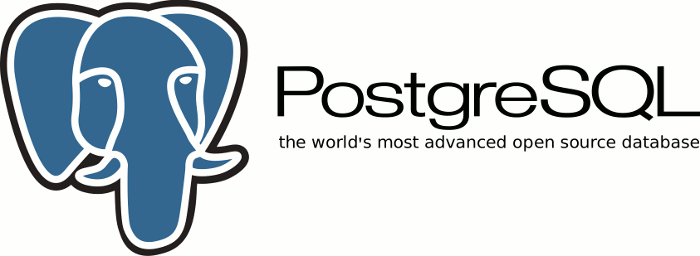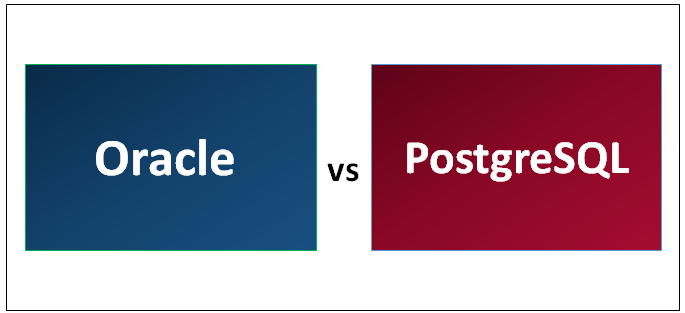

Supports advanced data types, including array, hstore and user-defined types Widely chosen for web-based projects that require a database simply for data transactionsĪ very strong and active community that works to improve existing features and cement its place as the most advanced databaseĪ large community which focuses on maintaining the existing features while new features are released seldom Widely used in large systems where read and write speeds are crucial and require execution of complex queries MySQL uses master-master replication and can perform master-slave replication PostgreSQL can perform master-slave replication and other types of implementation can be put into practice using third-party extensions PostgreSQL offers native SSL support for connections for encryptionsĪ lot of security features are built in MySQL and it is highly secure Net, R, Perl, Python, JavaScript, and othersĬ/C++, Erlang, PHP, Lisp, Go, Perl and others
#Postgresql between windows
Solaris, Windows OS, Linux, OS X, and FreeBSD OSĬ/C++, Java. Solaris, Windows OS, Linux, OS X, Unix-OS and Hp-UX OS
#Postgresql between full
MySQL is partially SQL compliant and does not implement the full SQL standard PostgreSQL is largely SQL compliant and meets nearly all core features of the SQL standard
#Postgresql between code
It is free and open-source and has been released under the PostgreSQL license, similar to MIT licenseĮven though the source code of MySQL is available, Oracle Corporation offers certain paid versions for commercial use These are MySQL - the most popular and commonly used RDBMS and PostgreSQL - the most advanced SQL compliant and open-source objective-RDBMS. We will examine the features of these systems and help you choose the right RDBMS for your project. This guide is a PostgreSQL vs MySQL comparison. In this article, we will introduce you to two major relational database management systems that are well received in the world of application development. Although there is a standard SQL, most database platforms utilize different dialects that may include specific additional functions or a part of standard SQL abilities. Today, all major relational databases use SQL as their query language. The popularity of RDBMS can be attributed to the increase in mission-critical applications over time which requires a robust management system. The relational model for database management uses the table format for storing data, which makes it different from the standard data management model. Which database is best for large data?įor nearly 40 years, Relational Database Management Systems (RDBMS) have been the go-to option for the storage of information in databases, mainly for personal data, financial information, and manufacturing records, among other things. PostgreSQL vs MySQL: Head-to-Head Comparison.This can also be used to calculate quarters or fiscal quarters or whatever… but that’s a question for another post.Using a string like the following will push the date or timestamp to the start of the month. It helps to use DATE_TRUNC on the dates you are using to standardize them if you don’t need to be uber-precise.You can then cast this as whatever you’d like, do additional calculations, etc. In the above example, this will yield 14. EXTRACT the number of months from the interval.Multiply the number of years by 12 to get the number of months counted by those years (seems obvious, but I am outlining all the steps in excruciating detail).EXTRACT the number of years from the interval.This will return an interval that may look something like “1 year 2 months 3 days” Note that it is subtracting the second from the first, so you must have them in this order. Use the AGE function to calculate the difference between the end date and start date.EXTRACT(year FROM age(end_date,start_date))*12 + EXTRACT(month FROM age(end_date,start_date)) You can then EXTRACT the pieces of the interval needed to calculate months and use them in a simple equation. This may not seem like we’ve gotten very far in calculating the number of months between the two dates, but stick with me on this one.

The age function calculates the difference between two dates and returns an interval. The best way I have found to get around this is to use the built in AGE function. In PostgreSQL, subtracting one date from another will yield a number of days that then takes a tremendously complex formula to manipulate into months.

Often it is more helpful to show the date as a number of months rather than a number of days. One of the most basic calculations on dates is to tell the time elapsed between two dates.


 0 kommentar(er)
0 kommentar(er)
